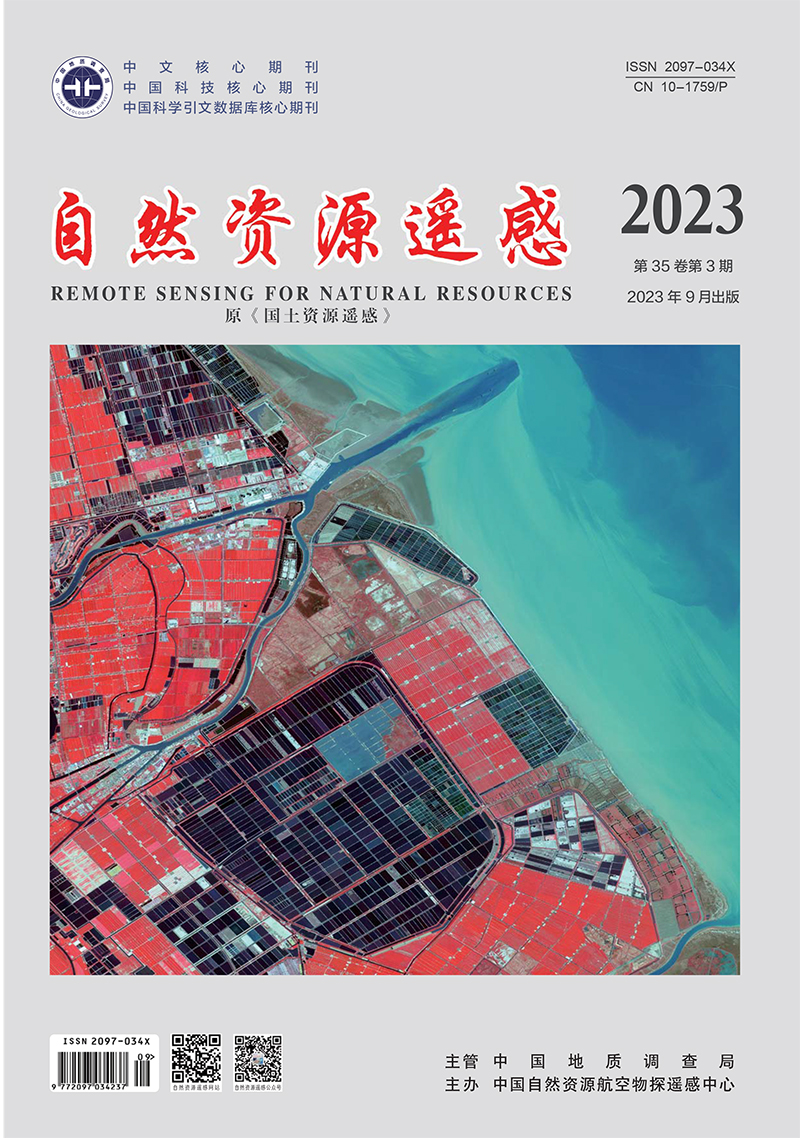LIANG Jintao, CHEN Chao, ZHANG Zili, LIU Zhisong. 2023. A random forest-based method integrating indices and principal components for classifying remote sensing images. Remote Sensing for Natural Resources, 35(3): 35-42. doi: 10.6046/zrzyyg.2022493
| Citation: |
LIANG Jintao, CHEN Chao, ZHANG Zili, LIU Zhisong. 2023. A random forest-based method integrating indices and principal components for classifying remote sensing images. Remote Sensing for Natural Resources, 35(3): 35-42. doi: 10.6046/zrzyyg.2022493
|
A random forest-based method integrating indices and principal components for classifying remote sensing images
-
1. Marine Science and Technology College, Zhejiang Ocean University, Zhoushan 316022, China
-
;2. School of Geography Science and Geomatics Engineering, Suzhou University of Science and Technology, Suzhou 215009, China
-
;3. Zhejiang Ecological and Environmental Monitoring Center (Zhejiang Key Laboratory of Ecological and Environmental Monitoring, Forewarning and Quality Control), Hangzhou 310012, China
-
;4. School of Information Engineering, Zhejiang Ocean University, Zhoushan 316022, China
-
Abstract
Accurate information about land use/land cover (LULC) can provide significant guidance for regional spatial planning and sustainable development. However, conventional methods for remote sensing image classification are challenging due to complex surface morphologies, diverse surface feature types, and nonlinear features of remote sensing images. Therefore, they fail to fully utilize the rich information in remote sensing images. This study developed a random forest-based classification method for remote sensing images to extract LULC information by integrating indices and principal components. First, the images covering the study area were selected to determine cloud cover and conduct median synthesis of images, obtaining interannual remote sensing images. Then, various calculated indices and the extracted principal components were integrated into the band stacks of remote sensing images. Furthermore, classifiers were constructed using different machine-learning algorithms. Finally, based on a confusion matrix, the classification results were evaluated using overall accuracy and the Kappa coefficient. The experimental results of the Hangzhouwan area show that the decision support based on vegetation, water, building indices, and principal components can improve the classification accuracy, yielding overall accuracy and Kappa coefficient of 91.42% and 0.894 2, respectively, which were higher than those of conventional methods such as random forest, classification and regression tree, and support vector machine. The method for remote sensing image classification proposed in this study, which integrates indices and principal components, can obtain high-accuracy land use classification results by accurately extracting land cover features in remote sensing images. This study will provide method support for fine-scale surface classification.
-

-
-
Access History







 DownLoad:
DownLoad: